Editor's note: After the merger, Ho Chi Minh City is a megacity, the largest in the country in terms of economy and population, and is on par with the leading cities in the region. Except for Binh Duong before, the remaining two localities (Ho Chi Minh City, Ba Ria - Vung Tau ) have long treated waste mainly by burying it. In the new context, Ho Chi Minh City must definitely have a fundamental and rapid solution to invest in a modern waste treatment plant, meeting the development needs, worthy of its stature.
Gather at the gathering place
Since 2013, the story of waste separation at source (PLRTN) in alley 25 Nguyen Binh Khiem (Saigon ward) has become one of the models of Ho Chi Minh City. This place was chosen by the city (with support from the Japan International Cooperation Agency - JICA) to pilot the implementation of PLRTN.
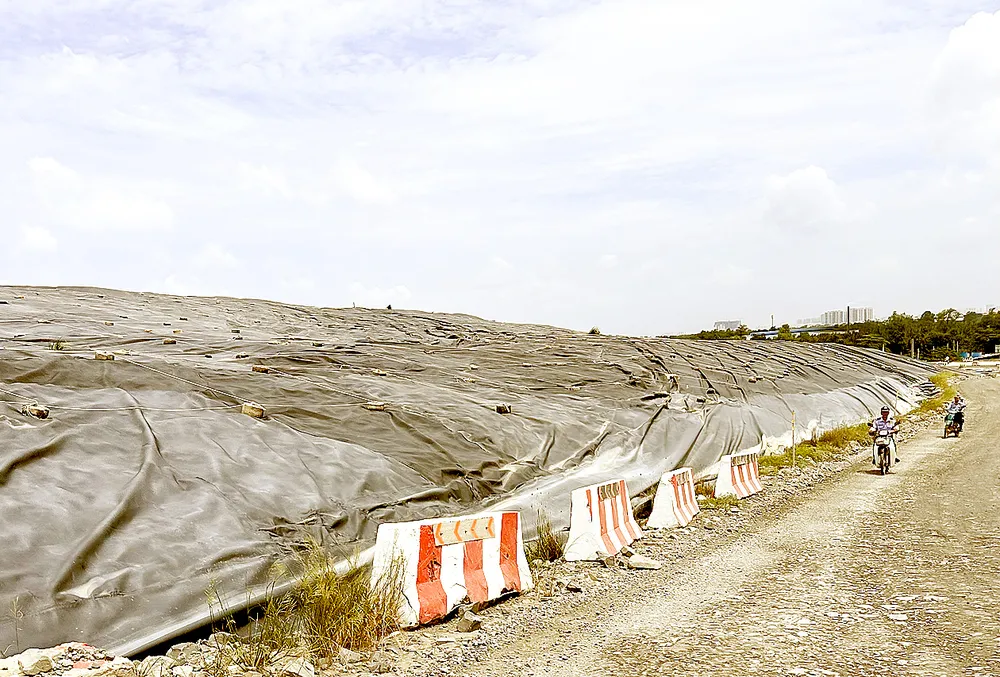
Ms. Bui Dieu Tam (at 25/53 Nguyen Binh Khiem), Head of the Front Work Committee of Ward 1, Saigon Ward, recalled that people were very excited because they saw many benefits, and Japanese experts also came to guide them on how to implement it. “However, after a while, the PLRTN project lost interest and went back to the way it was. The reason was that people felt that all their efforts were in vain when after sorting the garbage, the unit's staff collected the garbage and dumped it into one bin. Then the garbage was transported to the meeting point, then pressed into one truck, and after being pressed, it was taken to the garbage treatment areas... to be buried,” Ms. Tam explained.
To better understand the story of Mrs. Bui Dieu Tam's hesitation, the reporter followed the process of collecting garbage from people's houses to the final garbage treatment site (in Cau Ong Lanh ward, Ho Chi Minh City). At around 10:00 a.m. on July 24, a male worker pushed a garbage cart, with a large bag of scrap metal attached to the side of the cart, along the garbage meeting point on the sidewalk in front of 194 Tran Hung Dao street. Every time he approached a bag of garbage or a trash can in front of a person's house, the worker searched for it, if there were any useful items, he put them in the bag, and threw the rest into the cart.
After about 15 minutes, the garbage truck was full and was brought to the collection point, where the garbage compactor was waiting. A few minutes later, 5 more garbage trucks were pulled by workers from Tran Dinh Xu, Ky Con streets... After the garbage trucks had all gathered at the meeting point, the garbage compactor with license plate 51C-733.04 began operating. The garbage truck continued to run on Tran Dinh Xu street, then turned onto Nguyen Trai street, and stopped at the intersection of Nguyen Trai - Luong Huu Khanh to compact 20 pre-assembled trash bins. This journey of the garbage truck was repeated at the garbage collection points on Ham Nghi and Chu Manh Trinh streets. At about 11:20, after compacting more than 30 trash bins, the truck went straight to Da Phuoc Waste Treatment Area. When this garbage truck entered the gate of Da Phuoc Waste Treatment Area, the clock hands pointed to exactly 12:10.
With such a roadmap, it is not difficult to imagine that in recent years, when the PLRTN story in some locations was unfinished, the piles of waste became more and more full, becoming giant garbage mountains. Just at the Da Phuoc Waste Treatment Area alone, since its establishment in 2007, it has become the largest concentrated landfill in Ho Chi Minh City with about 5,000 tons/day. The remaining waste is buried at the Tay Bac Solid Waste Treatment Area, Cu Chi.
Burial is the main
As the number one tourist coastal city in the South, the waste treatment in Ba Ria - Vung Tau province in the past was both different and similar to the above process: PLRTN was applied in many places but the final stage was still landfilling, or piling up on the beach. Many years ago, the family of Ms. Tran Kim Le Thi (Ward 5, Nguyen Hue Street, Con Dao Special Zone) sorted recyclable waste such as beer cans, plastic, cardboard, etc. to sell as scrap.
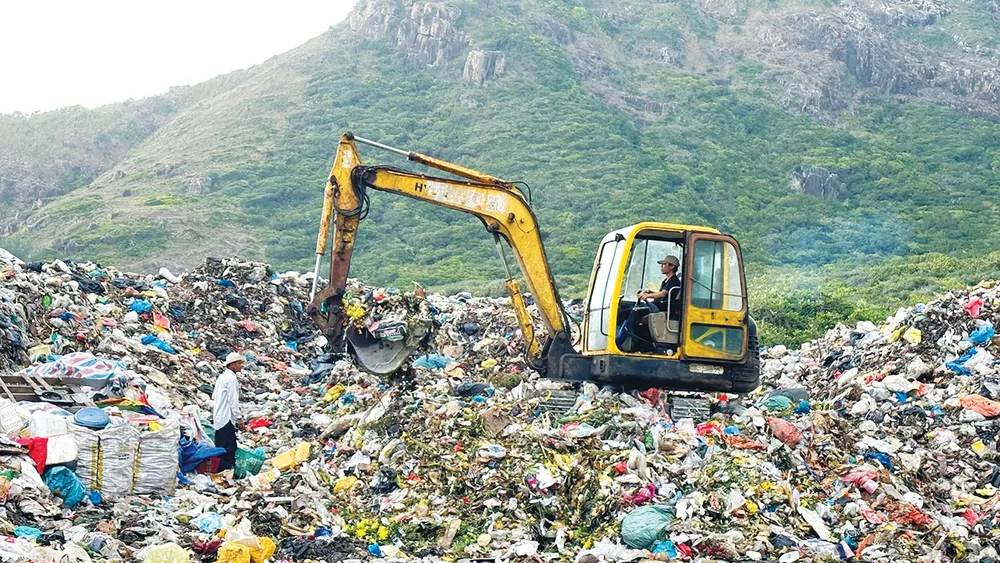
By 2021, when the policy of implementing PLRTN was introduced, her family implemented it more systematically. Garbage was divided into 4 types: Recyclables were put in the orange bin; leftover vegetables, soup residue, spoiled rice, etc. were put in the blue organic waste bin; the remaining garbage was taken outside for employees to collect every night; hazardous garbage such as old batteries and damaged light bulbs were collected in a separate bin with a lid and collected once a month. Ms. Le Thi commented: After sorting, the amount of non-recyclable garbage was significantly reduced; organic waste became useful.
Explaining this method, Ms. Le Mong Thuy, Head of the Con Dao Special Zone Public Works Management Board, shared that the board has added 42 sets of 3-color trash bins placed in residential areas and arranged a collection schedule. For hazardous waste, it is collected from 12:00 to 16:30 on the 1st day of every month. For bulky solid waste (such as beds, cabinets, televisions, tree stumps, etc.), it is collected from 7:30 to 11:30, also on the 1st day of every month. Recyclable waste is collected every Sunday afternoon. Organic waste is transported to the nursery garden under the management board, sorted again and then composted into organic fertilizer. The remaining amount of waste accounts for a large volume and is collected daily, from 19:30 to 4:00 the next morning in 9 residential areas.
After the PLRTN work was completed, in May 2023, the Con Dao Special Zone Public Works Management Board and a group of experts organized the implementation of a model of composting waste into organic fertilizer. The Board selected 42 households and 4 restaurants in Group 1, Residential Area No. 5 as a pilot; organized 2 training courses on composting organic kitchen waste. After a successful trial, the Board widely deployed the process from classifying organic waste to collecting and composting.
Currently, on average, the committee collects about 300kg of organic waste from households every day to compost into fertilizer for plants. The Q15 nursery has a whole vegetable garden, from squash, cucumber, eggplant, water spinach, mustard greens, to all kinds of herbs, partly for internal use, partly for sale to islanders. So, how will the remaining waste be handled? The answer is to bring it back and pile it up on Bai Nhat! Up to this point, the amount of exposed waste has reached 100,000 tons, only a road about 20m wide from the coast, when it rains heavily, the leachate can flow into the sea!
As a pioneer in implementing PLRTN, Long Son Commune (HCMC) is also a "benchmark" in the chain of PLRTN activities between the State, businesses, people and scrap collection facilities. Starting from August 2023, SCG Petrochemical Public Company Limited (SCGC) and Long Son Petrochemical Company Limited (LSP) have trained and supported professional capacity for scrap yard owners and recyclable waste collectors in the area. To date, dozens of scrap collection facilities have participated in the waste classification project, receiving and purchasing sorted waste from people.
According to the report of Long Son Commune People's Committee, by the end of July 2025, the commune had 43% of households and organizations implementing PLRTN; about 20% of food waste generated was used for composting organic fertilizer. Another quite good model is the program "Classifying recyclable waste at households" of the Women's Union of Tam Thang Ward. On average, each month, residential areas in Ward 7 (formerly) collect more than 3,000 kg of recyclable waste, the amount of money collected after selling each month is about 1.8 million VND. From the fund for selling scrap metal over the past 5 years, more than 300 health insurance cards have been awarded to members in difficult circumstances, with a total amount of nearly 200 million VND.
Up to now, in the wards and communes of the former Ba Ria - Vung Tau province, the implementation of PLRTN has been widespread with different implementation rates. However, unlike Con Dao special zone, the remaining waste is finally brought to Toc Tien centralized waste treatment area, Chau Pha commune. Here, Kbec Vina Company Limited receives and buries it at planned landfills!
Source: https://www.sggp.org.vn/xu-ly-rac-cho-sieu-do-thi-tphcm-bai-1-phan-loai-dau-nguon-chon-lap-cuoi-nguon-post806038.html


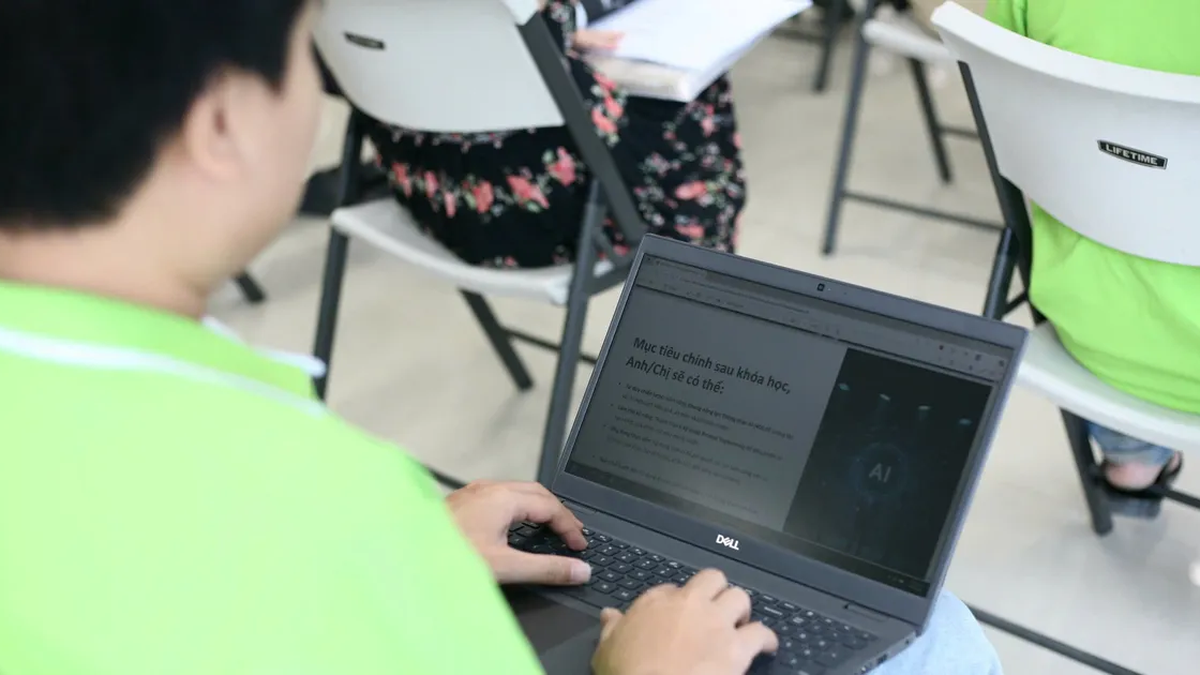
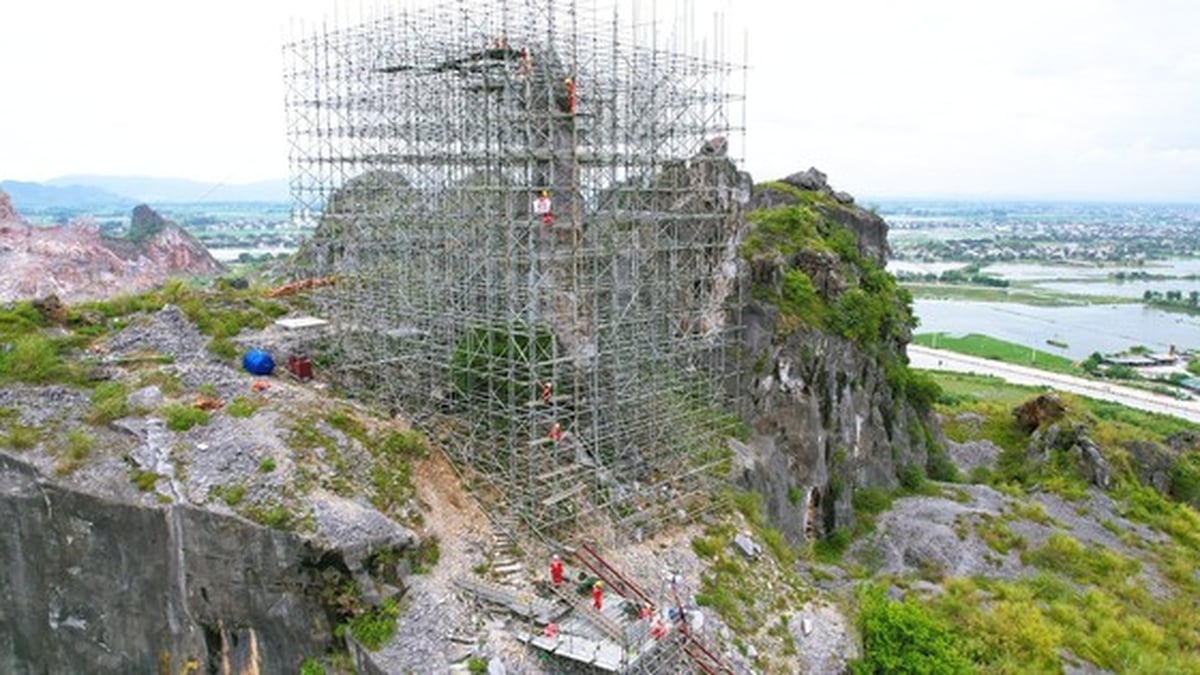

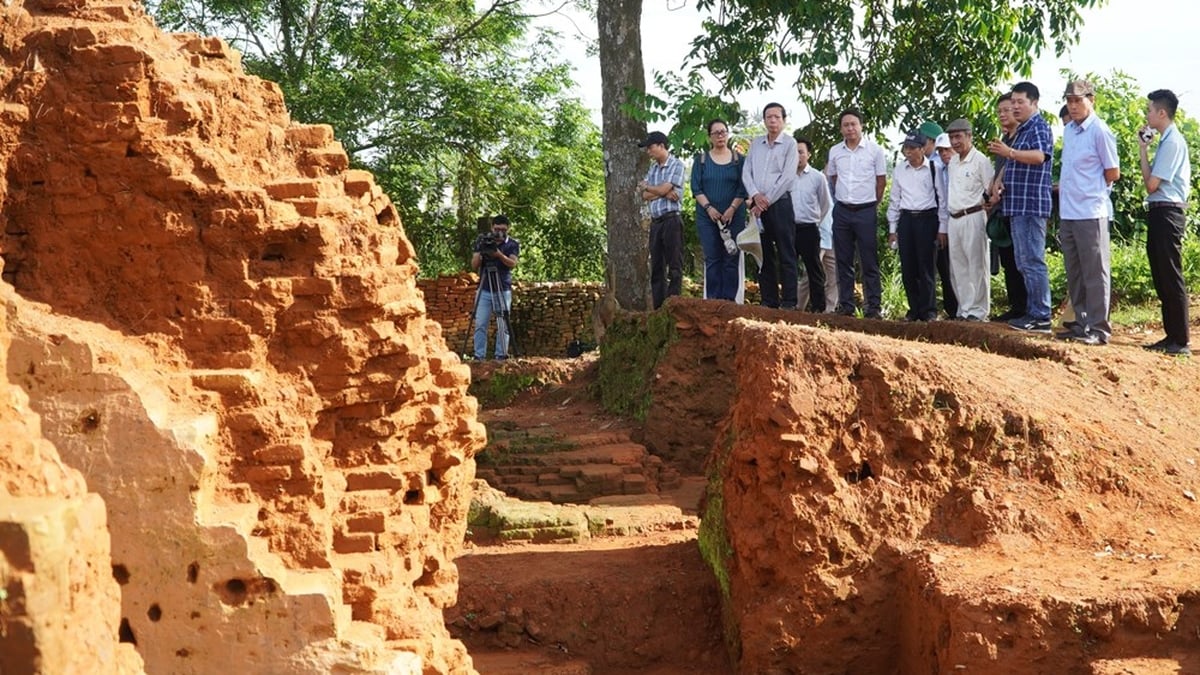
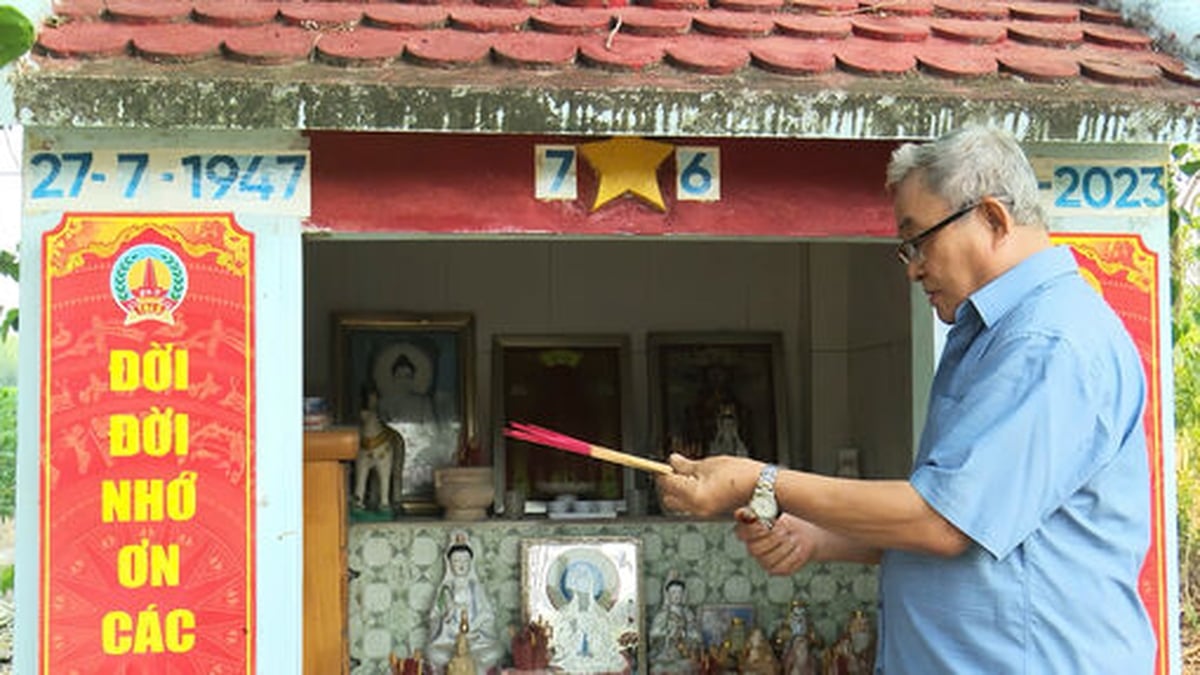
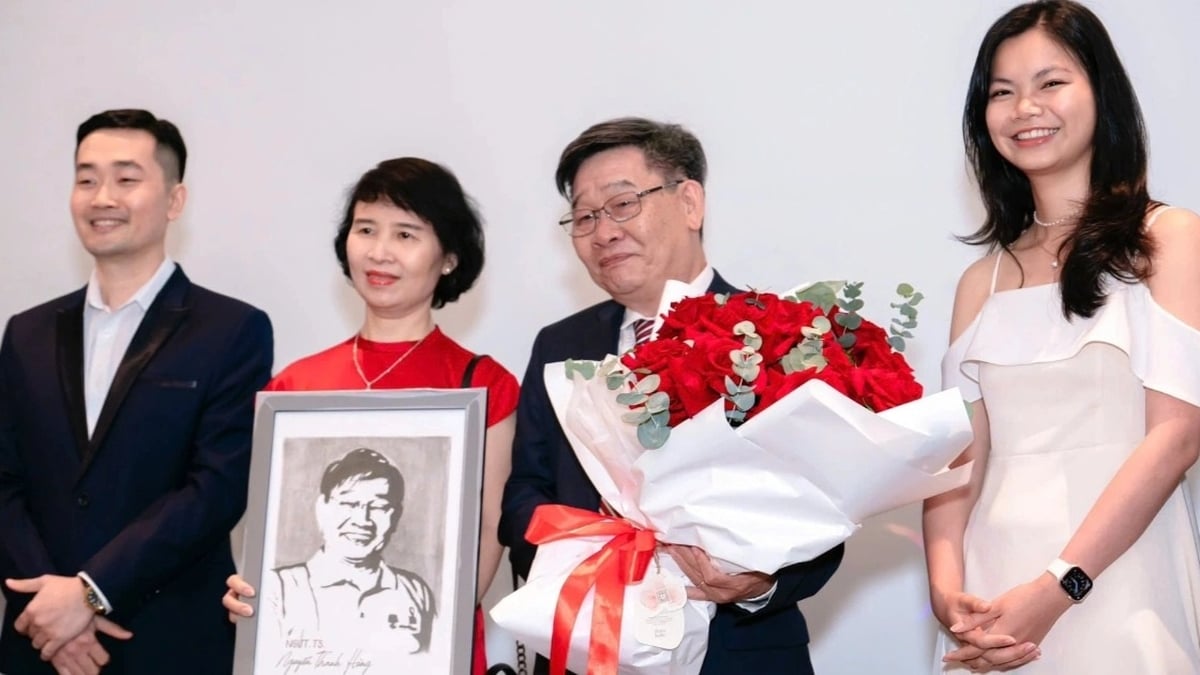

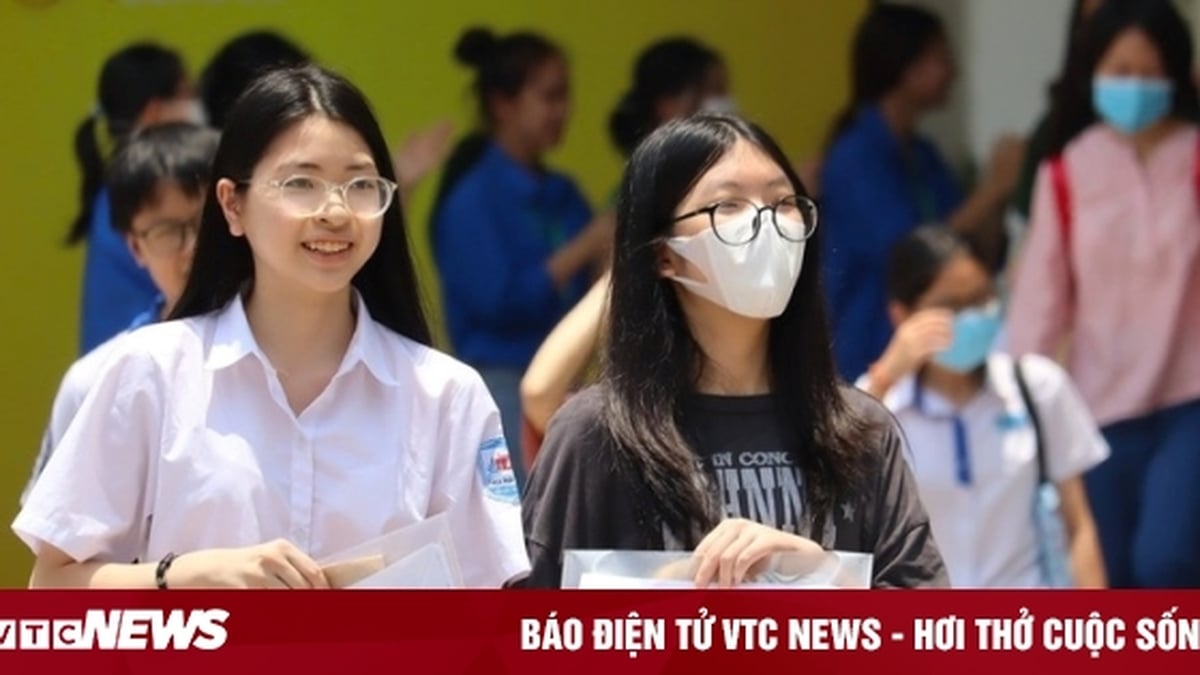
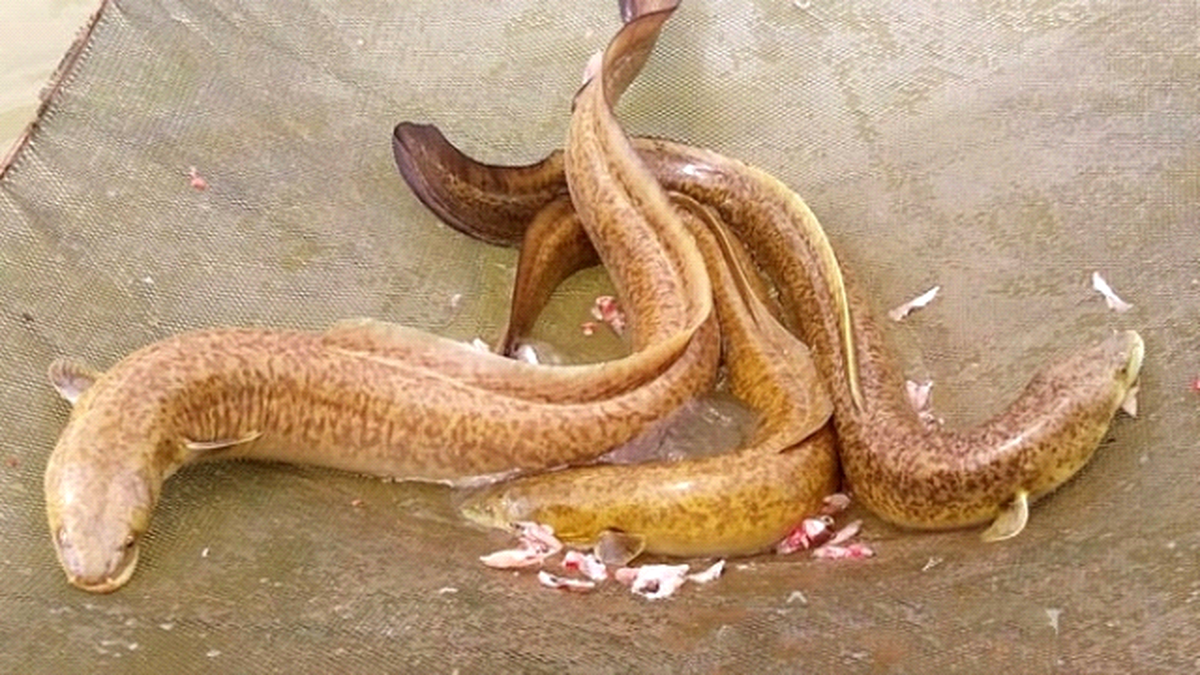
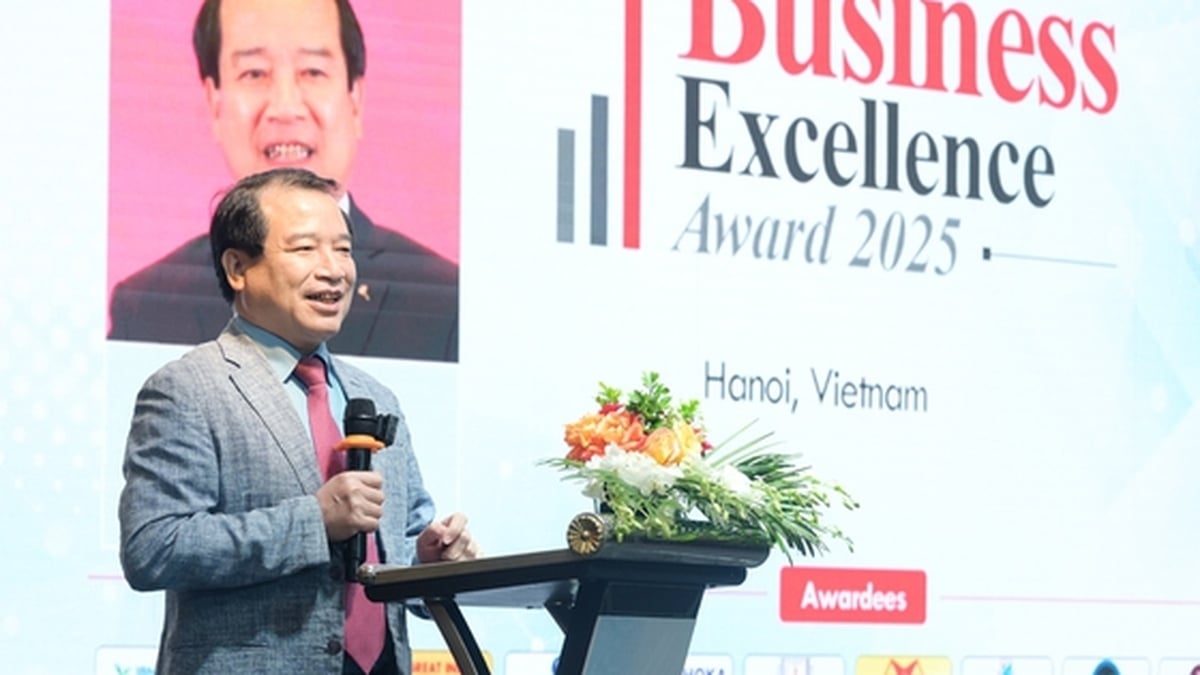

































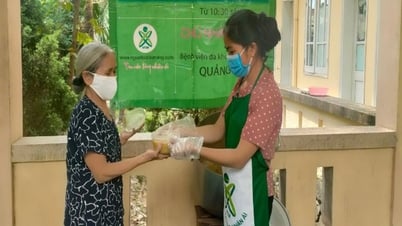

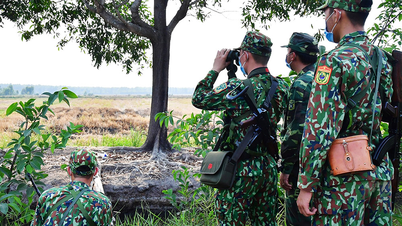










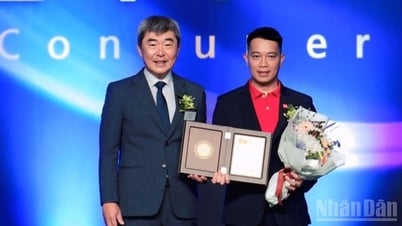

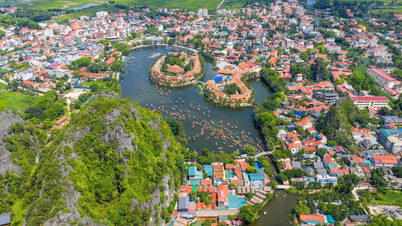



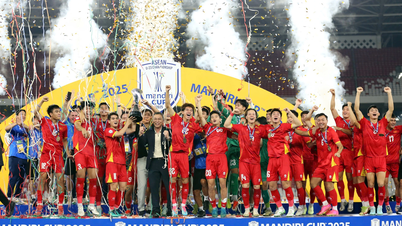





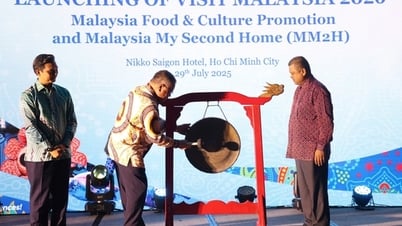
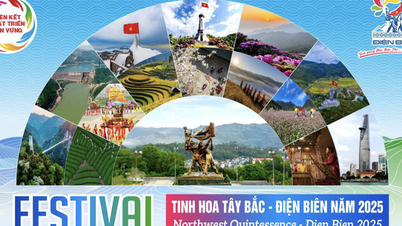
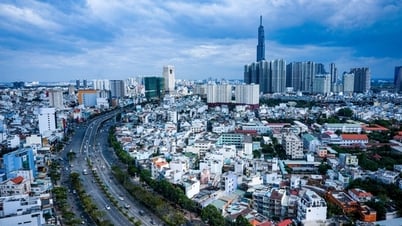
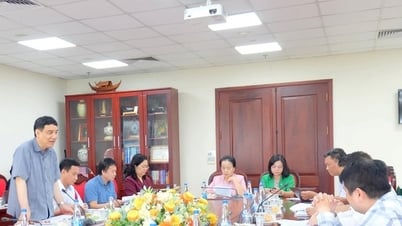
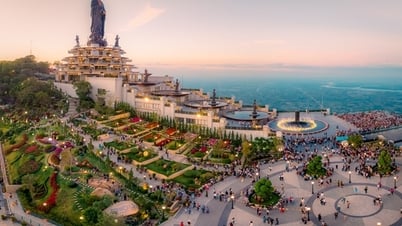



















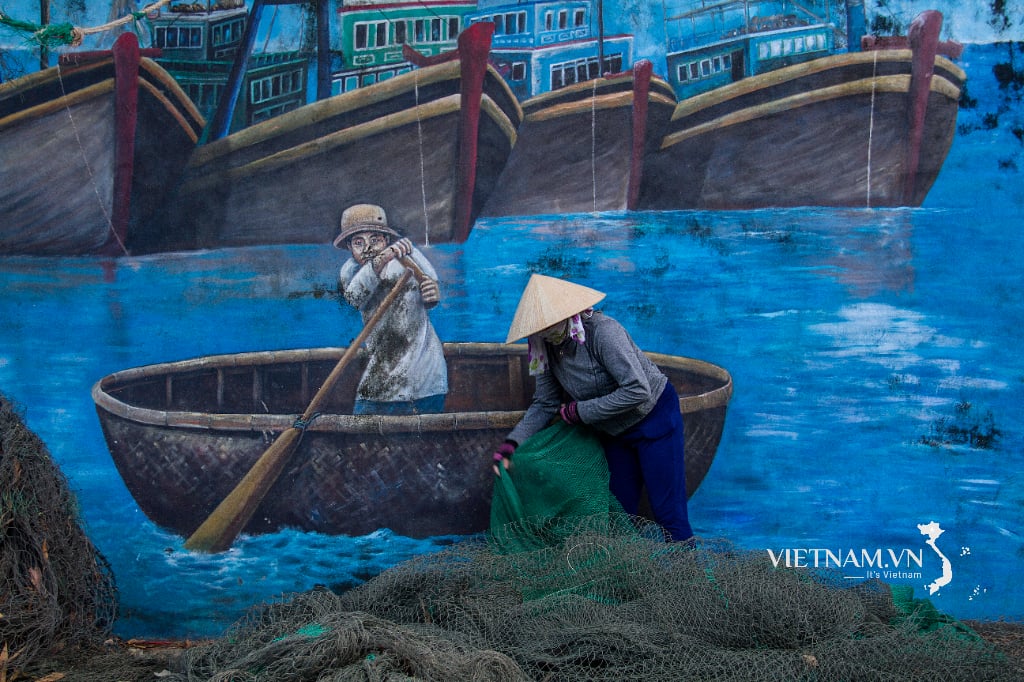
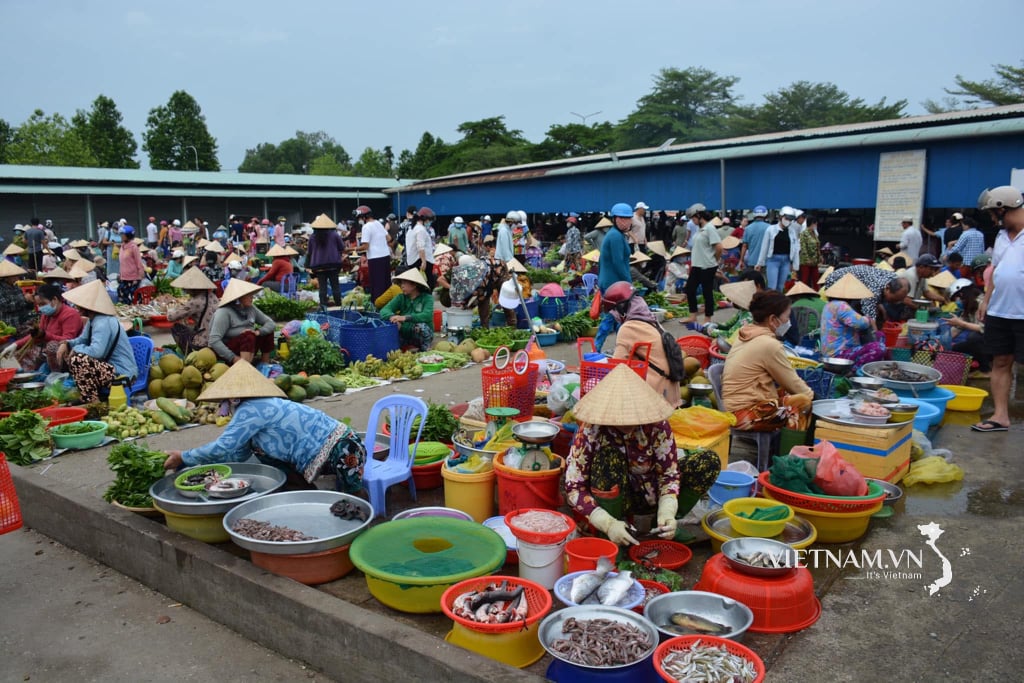


Comment (0)